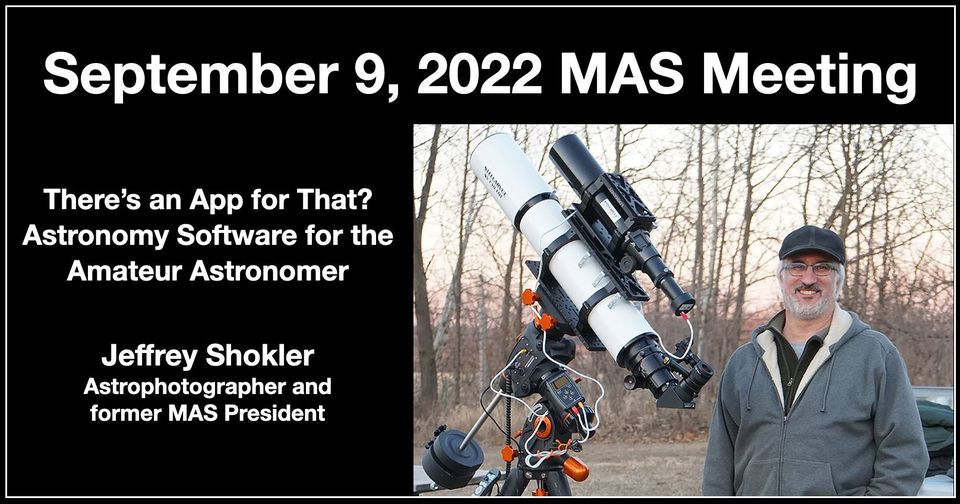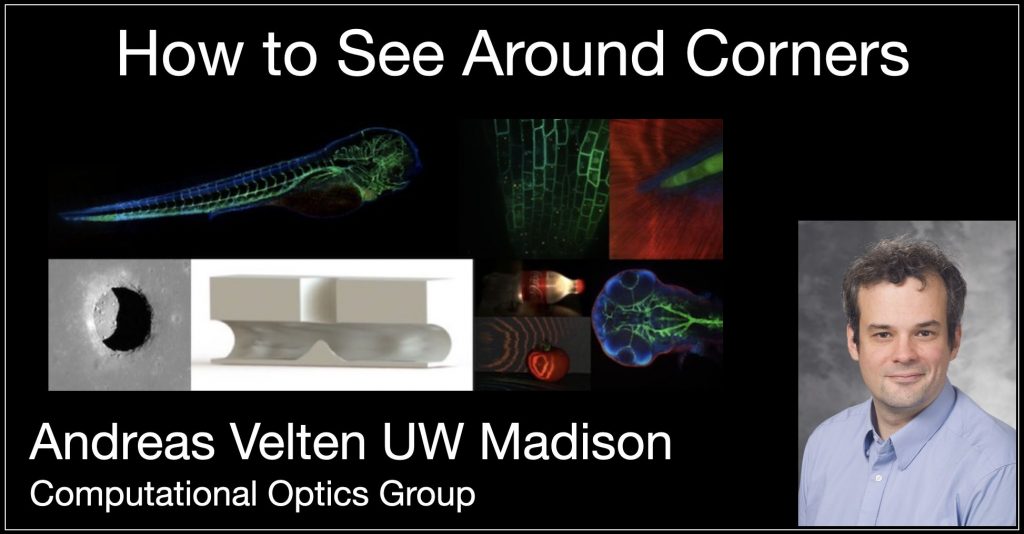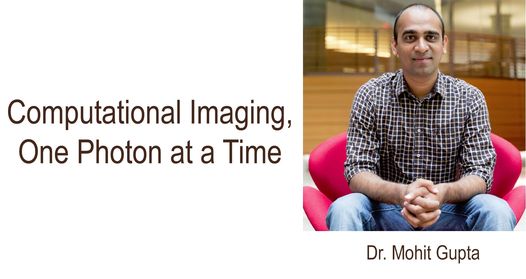There’s an App for That? Astronomy Software for the Amateur Astronomer

Is it going to be clear tonight? What’s the moon’s phase and what will I be able to see along the terminator? How bad is the smoke going to impact transparency for imaging tomorrow? Which moon of Jupiter just snuck out from behind the limb of the planet? How should I best orient my camera field of view to frame the DSO I want to shoot tonight? I haven’t seen the sky in months, what’s going to be up there this weekend when it is supposed to clear out?
Any of these questions sound familiar? If so, join Jeff as he shares his favorite “go-to” mobile, laptop, and browser-based applications and software for amateur astronomy...
Read More

